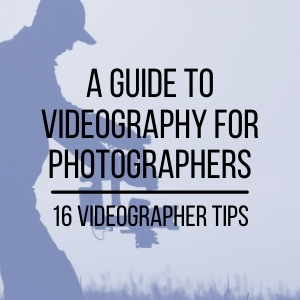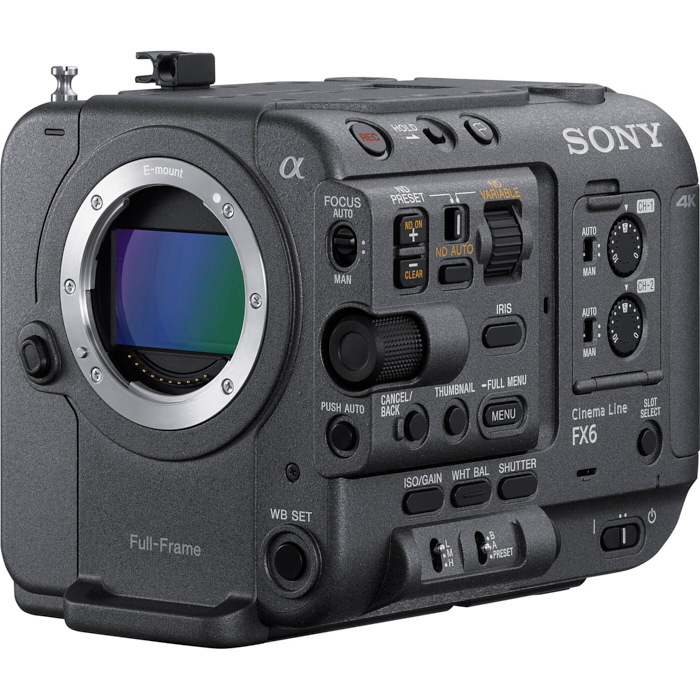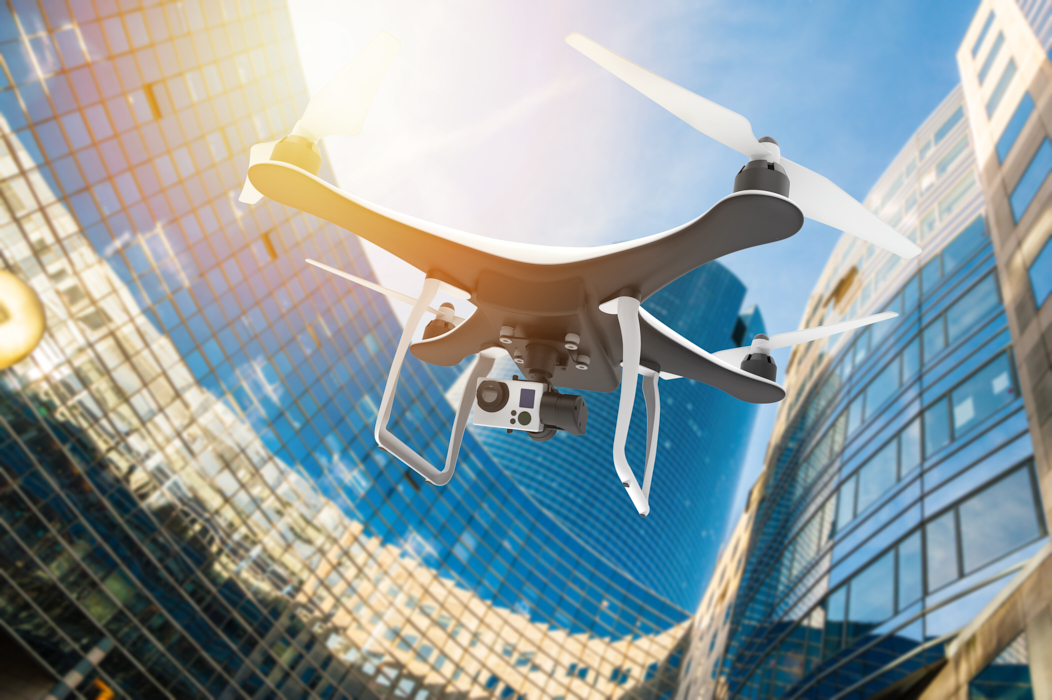Drones are incredible tools that offer amazingly diverse vantage points for stills and video. These angles were long reserved only for photographers and filmmakers with the budget to hire a plane or helicopter. Now, for the price of hiring a helicopter one time for a few hours you can buy a drone and fly essentially as much as you want. Indeed, the mass availability of this kind of tool has lead to all manners of unique footage that has, up to now, simply not had the opportunity to exist.
As is almost always the case, however, before you can go absolutely drone wild and start including that sweet, sweet drone footage in all your client’s videos and your monetized YouTube channel, you’re going to need to get a license. Yes, it’s a bummer, but there’s a reason for it. And the good news is it's really not that hard to get. Below we’ll demystify some of the aspects surrounding getting your sUAS license.
1. You have to have a license to fly commercially
So what does “commercial” mean? Before you twist yourself into a pretzel trying to convince absolutely no one at all that you’re not flying commercially, consider this. If you charge for your work or stand to make any money in any way by someone using their eyeballs to view your photos or videos shot with a drone now or in the future, then you’re flying commercially. Even if you’re not flying for a commercial job now but use that footage on your website in an effort to draw clients in, that’s technically commercial.
Have a YouTube channel you allow ads to run on so you make a few pennies here and there? Commercial. Instagram Account? Commercial. Just get the license. It’s not that hard.
2. Terminology.
Part 107, sUAS, UAV, Drone, Remote Pilot… the jargon behind drones can be a bit confusing at first blush. Here are some brief descriptions of these terms to help clear the air.
• sUAS or small UAS: Small Unmanned Aerial System- Your Drone and your controller
• UAV: Unmanned Aerial Vehicle- referring to just the drone itself- this is a less important distinction but you’ll see the term UAV thrown around occasionally.
• Remote Pilot- Pretty self explanatory, but the Remote Pilot is the person in control of the drone.
• Spotter: A person with the sole responsibility of keeping the drone in eyesight (without the aid of binoculars, telescopes, or anything other than corrective lenses).
• FAA: Federal Aviation Administration- The part of the government that deals with airspace, pilot certifications, and generally anything aviation in the US.
• Part 107: Part 107 refers to the FAA’s rule which allows drone pilots like yourself the ability to operate a sUAS weighing under 55lbs for commercial purposes without a full-on pilot’s license. The “Part 107 exam” is what people use to refer to the main test required to get a Remote Pilot Certificate and fly commercially.
3. Getting the license
If you’re wondering what the specific procedures are to getting your license to fly commercially, you can see exactly that on the FAA’s site here: https://www.faa.gov/uas/commercial_operators/become_a_drone_pilot/
You might’ve heard horror stories about how hard the Part 107 exam is. Most of them are overblown, but it’s not a walk in the park. You’ll definitely need to study and spend some serious time getting familiar with things that, if you’re a newbie to aviation, can be pretty intimidating. Fortunately there are loads of FREE resources online to help you pass the test. You seriously don’t have to spend a dime on study materials if you don’t want to, but you can spend just about as much as you want on study guides, classes, etc. from just a couple dollars to a couple hundred dollars (I bought a $5 iOS app to take practice tests). Just google Part 107 on YouTube and start the free fall down the rabbit hole.
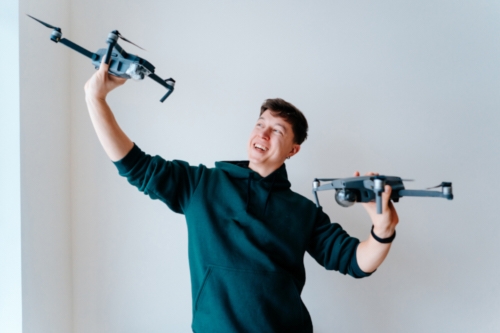
4. It's not immediate
You can’t take the test online: you have to call to schedule an appointment to physically go to a designated location registered with the FAA a “knowledge testing center” to administer the test. There are a bunch of different types of “Knowledge testing centers” and there’s probably one close to you. Once you schedule your test and pass it, you have to jump through a couple more hoops before the paperwork clears and you can fly commercially. All of this to say: don’t accept a paying job to fly your drone and think you can take the test and get your license within the week.
5. A Remote Pilot Certificate or “Drone license” isn’t a license to fly anywhere you want
Just because you’re official and have your shiny new license in hand doesn’t mean you can fly just anywhere. For starters, all National Parks are off limits unless you get a waiver, which… good luck. Many state parks allow drone use, but you’ll find plenty of “no drone” signs. Follow the rules so you don’t get dinged by the FAA. If you’re flying in anything except class “G” airspace (if you have your certificate then you should know what that means), then you’ll need to actually talk to the nearest air traffic control tower to let them know what you’re doing, when you’re doing it, and how long you’re doing it for. If you fail to do this you could be putting others in danger, and at minimum risk some hefty fines.
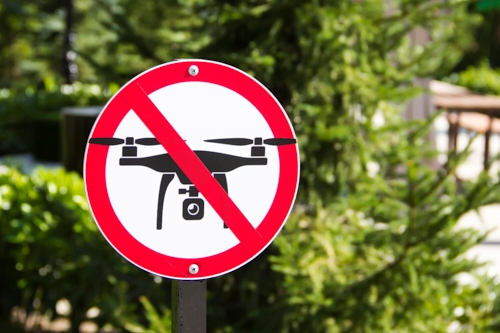
Fortunately the FAA has an app that will help let you know what class of airspace you’re in and give you a decently good idea of whether you can legally fly where you are currently. You can also use it to plan a flight to make sure the future flight is in a legal airspace. Still, it’s not a perfect solution so you should always check local laws before flying.
6. Just because you can legally fly, that doesn’t necessarily mean you should.
It's one thing to be totally within your rights and within the law to fly your drone in a particular place. It’s another thing entirely to do so without any thought given to other people around you. If you’re in a crowded natural place where people go for vacation or to have some quiet time outdoors, it may not be the best idea to spin up your bumblebee from hell and fly around everywhere. Many pilots will ask others nearby if it’s ok with them if they fly their drone. Chances are they’ll say yes. And who knows, maybe the person you ask is the CEO of some company that is looking for courteous, licensed drone operators. Feel out the situation and don’t be a jerk. And always respect strangers’ privacy.
You might think you’re in the clear with no one around, but your drone may negatively effect a rare species of bird that nests in that area. You might be in an airspace that prevents drone use, including military airspace. Those guys have missiles. If you fly near an airport you could straight up go to jail.
7. Potential clients will probably ask if you’re licensed.
It happens all the time. A small business is looking to hire a drone operator so they look for local pilots. They find your website. You begin discussing specifics about the project. Then they ask if you’re licensed. If you don’t have a license, the business will have to weigh whether or not they should take a chance on an inexperienced pilot. If you’re already licensed it lets businesses know that you’ve at least got some knowledge under your belt and have the discipline to jump through some hoops so you’re legal. Think of it this way, no business is going to pass on hiring you because simply because you have your drone license, but plenty could pass if you don’t.
8. Getting a drone license is step one. The next step is getting drone insurance
Insurance is a really, really good idea to have. When you’re flying commercially in a crowded area, a lot could potentially go wrong, particularly if your drone is on the large side. A propeller coming into contact with a person, falling on someone, or causing property damage could lead to some hefty fees and legal action, so it's in your best interest to protect yourself and others around you. The problem is that year round drone insurance can be pretty pricey.
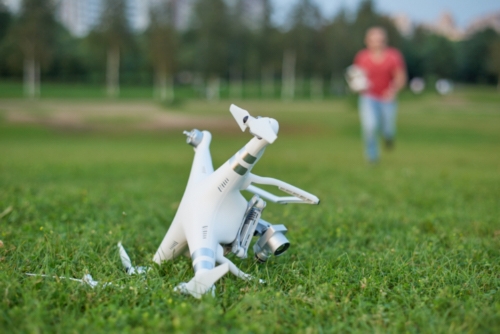
Fortunately, several insurance companies specialize in drone insurance, as well as liability insurance for drone operations. Further, in an effort to keep costs down, many insurance companies will offer insurance for specific flight days, down to the number of hours your drone is in the air. Plan your shoot out ahead of time, then go to the insurance company to get a quote. Here are some options:
Final thoughts
Commercial drone flying is still very much in its infancy, and the public has mixed emotions about when and where they’re ok with seeing drones. Your responsible flying can have lasting impacts on how the public views drones in the wild, but irresponsible flying can have an even greater impact. Your favorite state park might allow drones now, but if enough irresponsible pilots cause problems, you can bet your 107 exemption cert they will get banned in short order.
This article may seem like a buzzkill, but that’s kind of the point. You could easily argue that drones came on faster than anyone could have predicted. You don’t have to physically have a license in order to buy a drone, so many people buy drones without giving any thought to the consequences of flying. Steps are becoming clearer as to how to fly more responsibly, and as easy as it might be to hate on the FAA for dragging their feet in setting up practical drone laws, it's clear that they’re actually trying to make it easier for commercial drone operators and are actively working to make it easier for responsible pilots to do what they do. Drones are the future for a lot of industries for better or for worse, and if you want to ride that wave you should do it the right way.


